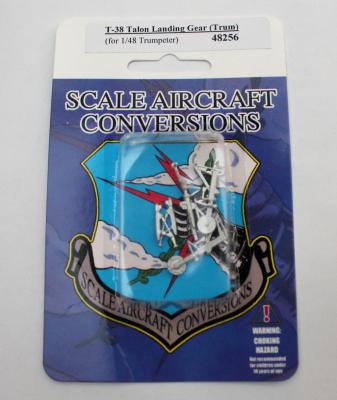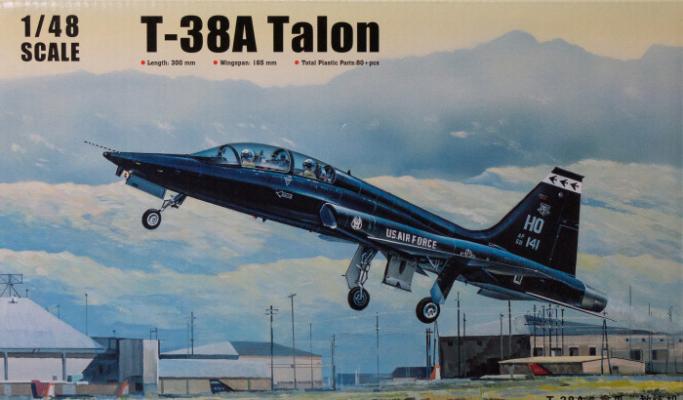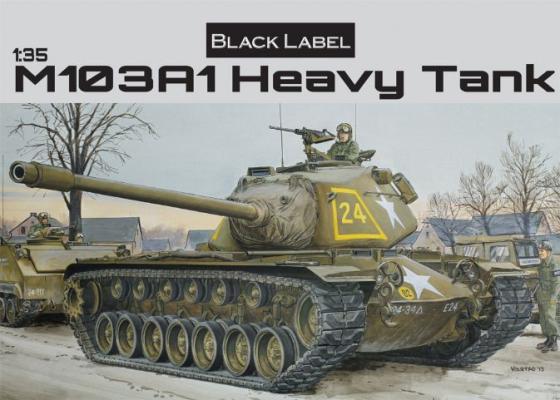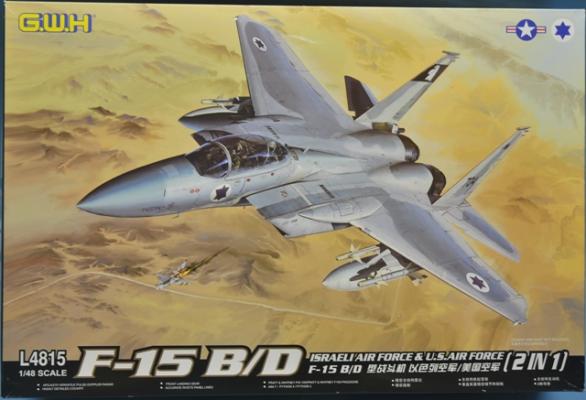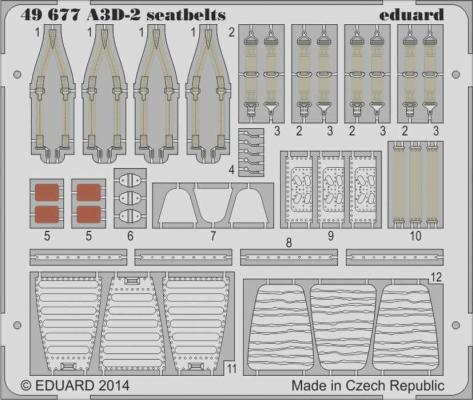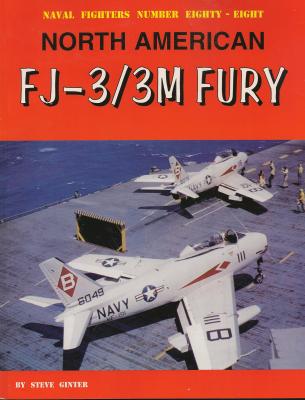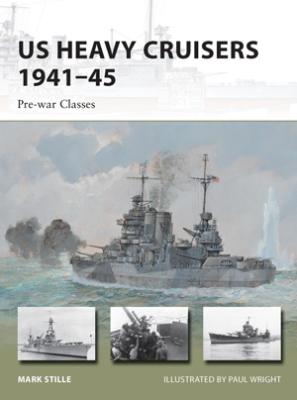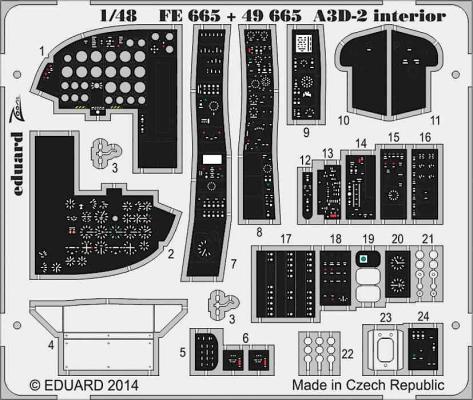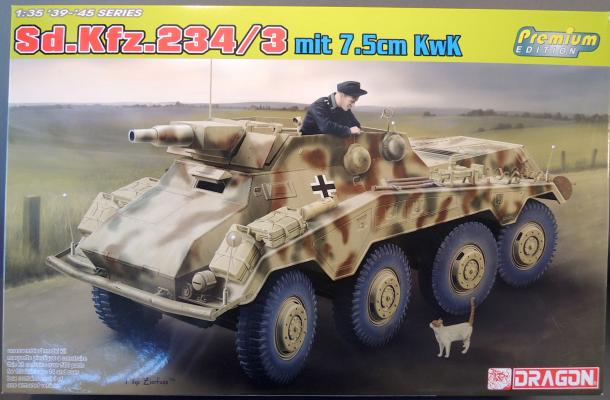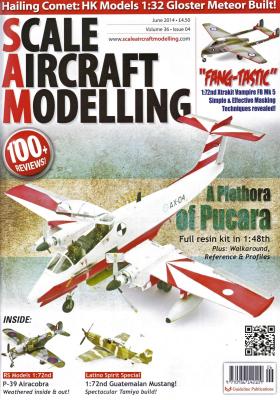The SAC landing gear for the Trumpeter 1/48 T-38A Talon kit is a direct “plug and play” replacement for the kit gear with one minor change. The nose gear is one piece for the SAC gear whereas the Trumpeter part is a two piece affair (the nose gear attachment point is separate from the strut itself). I am not sure why Trumpeter did this but to me it seems like it would add a natural weakness in the structure and that joint has to hold the nose of a fairly large aircraft up. The SAC gear cleaned up nicely, with just some minor cutting and filing of excess metal. The top of one main gear had a bit of a pour plug that came off with a sprue cutter and a file.
What's New
The Northrop T-38A Talon is a two-seat, twin-engine supersonic jet trainer. It was the world's first supersonic trainer and is also the most produced. The T-38 remains in service as of 2014 in air forces throughout the world.
On the heels of the Wolfpack T-38 kit comes the Trumpeter T-38A Talon kit in 1/48th scale. The kit is molded in grey plastic and clear plastic with recessed panel lines and rivet detail. It has 84 plastic parts, a fret of photo etch and two decal sheets one for the cockpit and one for markings of two aircraft, one from Holloman Air Force Base and one for an aircraft from the Portuguese Air Force, more on these decals later. The box is very sturdy and has a nice glossy front.
The USA managed to muddle through World War 2 utilizing the M4 Sherman Medium Tank as the mainstay of its armored forces. However, as the Germans introduced better armored tanks with ever more lethal main guns, the M4 Sherman became increasingly vulnerable. It wasn’t until 1945 that the US finally introduced into front line service its first Heavy Tank, the M26 Pershing with its more potent 90mm main gun and better armor protection. With the Germans and Japanese defeated in WW2, it soon became apparent to the US that its former ally, the Soviet Union, was becoming its main potential adversary in the post war era. And the Soviets were fielding some very impressive heavy tanks of their own, such as the IS-3 and the T-10, and that the US would need to beef up its own forces with suitable weapons to match those in the Soviet arsenal.
Great Wall's 1/48 scale F-15B/D kit has generated a flood of commentary on the internet forums regarding its accuracy or lack thereof. Some of the complaints are justified, if sometimes verging into the area of extreme nit-picking, and some are not. This review will not rehash the controversy but rather will concentrate on building what is in the box to best advantage.
My primary references for this project were Reid Air Publications “The Modern Eagle Guide” and Isradecal Publications F-15 Baz. The latter is indispensible for information and detailing on IAF Eagles, and the former is the best available reference on the Eagle in general. The 26 page instruction booklet is fairly well done, although some of the illustrations are a bit vague. Packaging is first rate, especially the missiles. No parts were broken or detached from their sprues.
Many of the latest releases seem to have been ignored by many of the resin companies. One of these is the Trumpeter 1/48 A-3D Skywarrior. Eduard has come to the rescue with several sets that address some detail issues in the kit. This set addresses the seats which are weak. While Trumpeter also includes some photoetch seat belts, they are generic at best.
The FJ Fury series of aircraft has always interested me. I think mostly that’s because they were initially developed along with the F-86. Early decisions by the Navy resulted in their first version having straight wings, but they got their jet first. Of course, research into the information gathered from the Germans at the end of World War II showed that the swept wing was the way to go and the Navy eventually came around to the Army’s (later Air Force’s) way of thinking, resulting in the FJ-2. This aircraft was very similar to the Air Force’s F-86A. Improvements and more powerful engines for the FJ-2 led to the FJ-3, wherein the development started to diverge more and more from the F-86. Yet further developments let to the FJ-4 and FJ-4B Fury.
Highlights from Osprey’s website: “Designed and produced under the regulations of the Washington Naval Treaty, the heavy cruisers of the Pensacola, Northampton, Portland, New Orleans and Wichita classes were exercises in compromise. While they possessed very heavy armament – the Pensacolas, for example, carrying a main battery of ten 8” guns – this came at the cost of protection – armor was the same thickness as a gun cruiser, and incapable of protecting the vessels from enemy 8” fire. As the classes evolved, these flaws began to be corrected, with the main battery being reduced, and increased protection being added to the vital areas of the ship. Despite these drawbacks, the pre-war heavy cruiser classes served with distinction throughout World War II.”
This volume does a good job of informing the largely uninitiated (that would be this reviewer) about the difficulties of designing these large warships and the consequences of the decisions made.
Many of the latest releases seem to have been ignored by many of the resin companies. One of these is the Trumpeter 1/48 A-3D Skywarrior. Eduard has come to the rescue with several sets that address some detail issues in the kit. This set is a self-adhesive (SA) upgrade for the cockpit. The set comes with one standard sheet of photoetch and one precolored sheet with SA backing. The SA sheet is for the instrument panel, side instruments and about anywhere a black panel is needed. The other sheet addresses replacement boxes on the back of the cockpit, sidewalls to the cockpit and rudder pedals.
Dragon’s Sd.Kfz.234/3 is an excellent kit with crisp molding, full interior detail and while complicated, it goes together very well. This new Premium Edition is a reissue of Dragon’s 2007 kit #6257 including new fenders with photoetch storage bin covers & locks, and movable suspension that allows the wheels to be angled for turns.
Vehicle Background
The SdKfz 234/3 was the third in a series of heavy armored reconnaissance vehicles produced by Germany during WWII. It had an open-topped superstructure in which a short-barreled 7.5cm L/24 gun was installed. This gun, surplus from the upgrade of older Panzer IV tanks, was intended for use against "soft" targets. Eighty-eight of the 234/3s were produced by Buessing-Nag between June & December of 1944.
Each issue of Scale Aircraft Modeling follows a basic design and format. There are usually two Feature Articles, an Aviation in Profile piece, industry news and a series of Compact Build Reviews.
The Feature articles for this issue covers a build of new H-K Models 1/32 Gloster Meteor and a 1/48 Wingman Models Latin American Kfir. The Meteor is from Jay Laverty and is Part 1 of a two part series. Part 1 covers the some issues with the kit and their easy fixes as well as preparation for the metallic finish and several hints and tips towards making it perfect.
The other Feature article is from Brian Wakeman and builds Wingman Models 1/48 Kfir. This is the Kinetic kit with the addition of lots of resin for cockpit, nose and a host of other parts. He finishes the kit in markings for Columbian Air Force with superb weathering.

